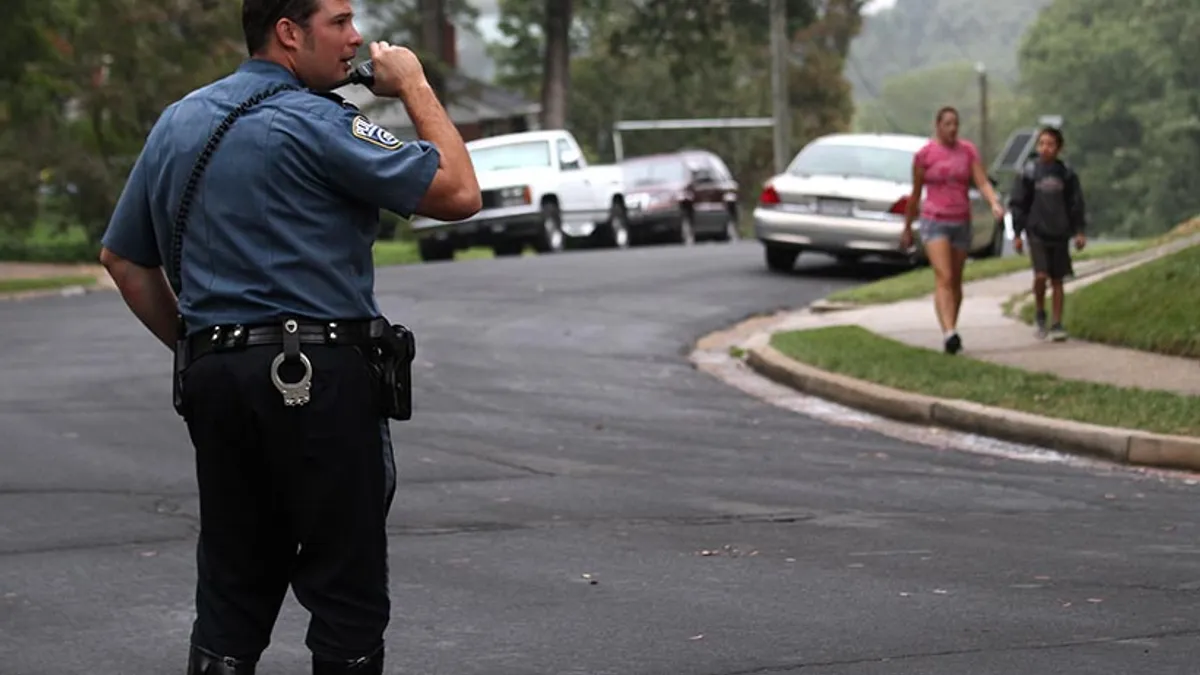Dive Brief:
- Schools can be better prepared for likely scenarios, such as fighting or non-custodial parental abductions, and less-likely scenarios, such as natural disasters and active shooter threats, Ken Trump, president of National School Safety and Security Services, says in this District Administration article.
- Because security failures and lawsuits often involve allegations of human error and procedural problems more than failures of security equipment and hardware, schools need to engage in regular staff training through emergency drills or planning activities with crisis teams and first responders.
- Schools also need to focus time and attention on fundamental strategies, such as providing adequate student supervision, implementing a variety of drills, planning for evacuations, creating and testing crisis communication plans and practicing the “five-minute” rule by taking five minutes at the end of each team meeting to discuss an aspect of the school’s security plan.
Dive Insight:
Threats to student safety are one of the biggest concerns of school administrators. Parents trust schools to protect their children from a variety of threats throughout the day. The obligatory fire drill is not enough anymore, especially in a day when violent school threats are escalating.
Schools must prepare for a variety of threats including weather-related disasters and earthquakes. Bomb threats are often used as a way to manipulate school staff and yet every threat must be taken seriously. School leaders must be skilled at threat assessment in order to protect students while allowing for the minimal disruption to the education process.
Though school shootings are the nightmare scenario for every administrator, taking steps to prevent such events is even more important. And though these events draw the most attention, the escalation of school fights is probably a more common threat to school security. Schools must learn how to prevent these incidents as much as possible and how to address these problems when they occur.






 Dive Awards
Dive Awards






